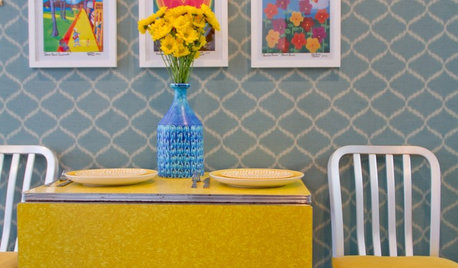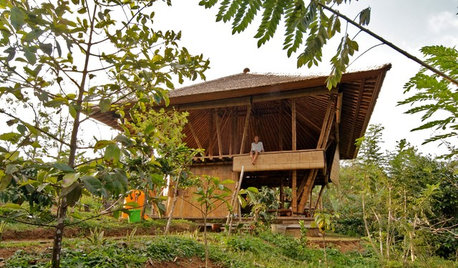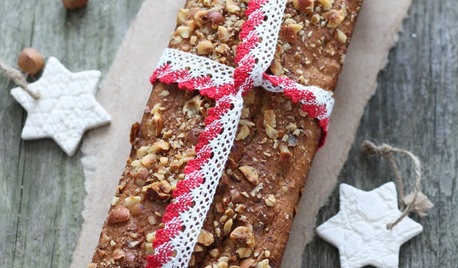Heptapleurum sparse and dropping leaves
kamak
12 years ago
Related Stories

DESIGN DICTIONARYDrop-Leaf Table
The leaves of drop-leaf tables can be folded down to save space or raised to create a bigger surface
Full Story
MOST POPULARMy Houzz: Open-Air Living in the Mountains of Bali
Community, jaw-dropping beauty and sustainability come together in a tropical paradise for a London expat
Full Story
MOST POPULARSo You Say: 30 Design Mistakes You Should Never Make
Drop the paint can, step away from the brick and read this remodeling advice from people who’ve been there
Full Story
FALL GARDENING11 Trees for Brilliant Fall Color
Give your landscape the quintessential look of autumn with the red, orange and yellow leaves of these standouts
Full Story
FUN HOUZZ31 True Tales of Remodeling Gone Wild
Drugs, sex, excess — the home design industry is rife with stories that will blow your mind, or at least leave you scratching your head
Full Story
HOLIDAYS8 Ways to Really Slow Down and Savor the Holidays
Running amok to fit in holiday tasks can leave you frazzled and unfulfilled. Here's how to focus on what you enjoy most
Full Story
GARDENING GUIDESGreat Design Plant: Snowberry Pleases Year-Round
Bright spring foliage, pretty summer flowers, white berries in winter ... Symphoricarpos albus is a sight to behold in every season
Full Story
LIFE11 Ways to Cozy Up at Home in Chilly Weather
Feather your nest with extra layers and seasonal arrangements for coziness, comfort and entertainment
Full Story
GREEN BUILDINGOff the Grid: Ready to Pull the Plug on City Power?
What to consider if you want to stop relying on public utilities — or just have a more energy-efficient home
Full Story
DECORATING GUIDES10 Inspired Ways to Refresh Your Mantel Now
Postholiday blahs don't stand a chance on your mantel when you incorporate these ways to accessorize and light it
Full Story







tapla (mid-Michigan, USDA z5b-6a)
kamakOriginal Author
Related Professionals
Folsom Landscape Architects & Landscape Designers · Marco Island Landscape Architects & Landscape Designers · Seabrook Landscape Architects & Landscape Designers · Goodyear Landscape Contractors · Hartford Landscape Contractors · Lyndhurst Landscape Contractors · Manhattan Landscape Contractors · Medford Landscape Contractors · Munster Landscape Contractors · Wallingford Landscape Contractors · Yuba City Landscape Contractors · Markham Landscape Contractors · New Carrollton Landscape Contractors · Goldenrod Landscape Contractors · Hagerstown Interior Designers & Decoratorsgreenman28 NorCal 7b/8a
tapla (mid-Michigan, USDA z5b-6a)
kamakOriginal Author
tapla (mid-Michigan, USDA z5b-6a)